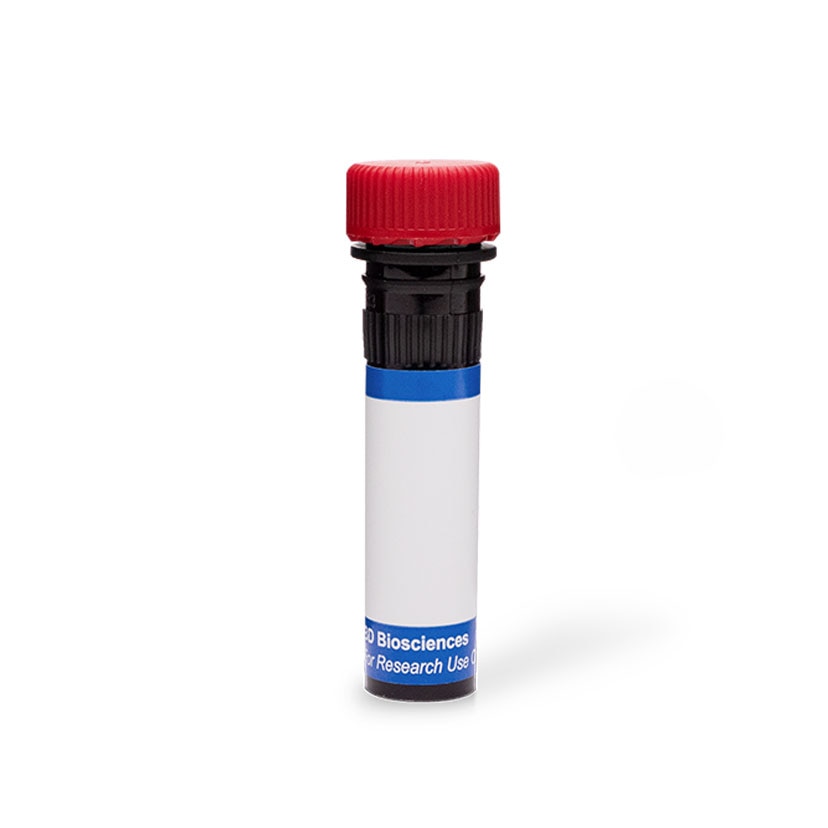The 1082C5 monoclonal antibody (also known as clone 108-2C5) recognizes a shared antigenic determinant present on the extracellular region of Human Leukocyte Antigen-A (HLA-A) heavy chains encoded by a limited number of different HLA-A alleles (HLA-A2, -A3, -A28, -A29, -A30, -A31 and -A33). HLA-A antigens belong to the major histocompatibility complex (MHC) of class I antigens along with HLA-B and HLA-C antigens. HLA class I molecules are heterodimers comprised of an ~40-45 kDa, highly polymorphic transmembrane α heavy chain that is a type I glycoprotein which is noncovalently-associated with an invariant β2-microglobulin (β2m) light chain. The N-terminal extracellular region of the HLA class I heavy chain is comprised of three domains (α1, α2, and α3). The α1 and α2 domains form a closed antigen-binding groove that accommodates 8-10 aa-peptide antigens. β2m non-covalently associates with the α3 heavy chain domain and promotes HLA class I stability. The intralocus HLA-A determinant recognized by the 108-2C5 antibody reportedly involves amino acids residues 76-80 of the HLA-A α1 domain. HLA-A antigens are normally expressed on all nucleated cells. These molecules play central roles in the MHC class I-restricted presentation and cross-presentation of antigens and the regulation of NK and T cell-mediated cytotoxicity that are involved in immune responses to pathogens and tumors as well as tissue allotransplantation.







